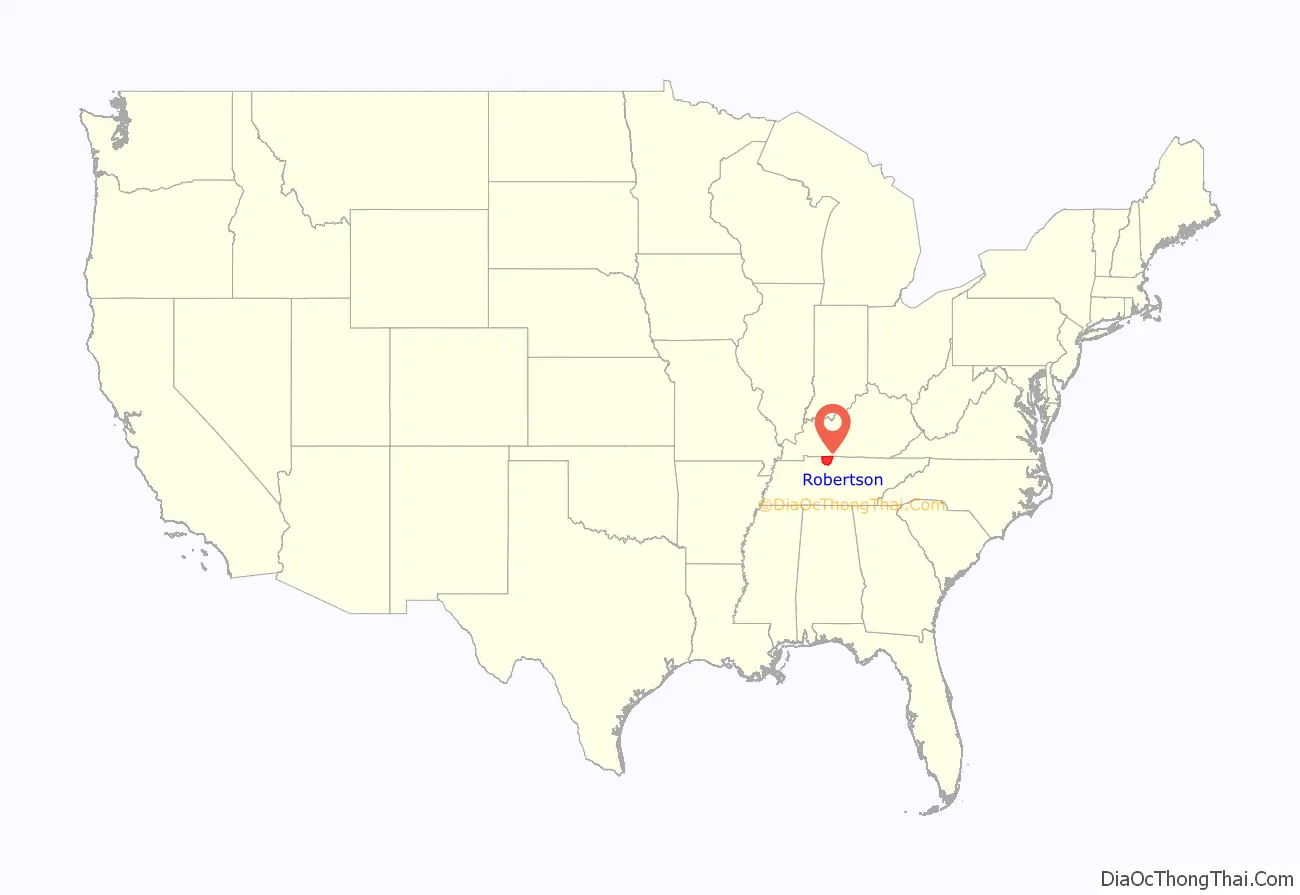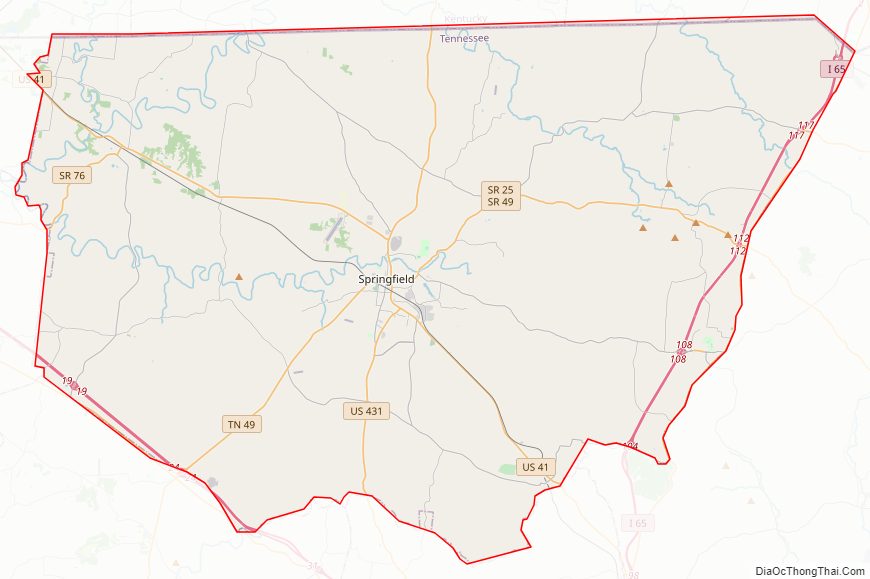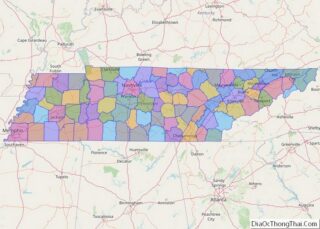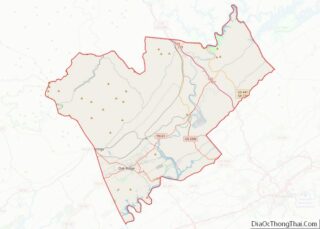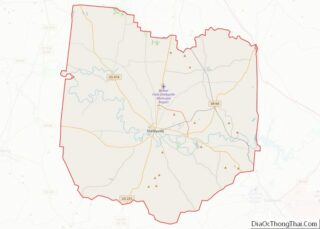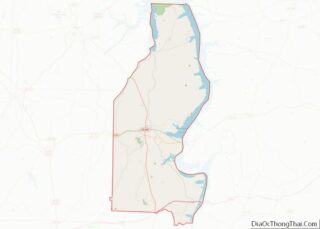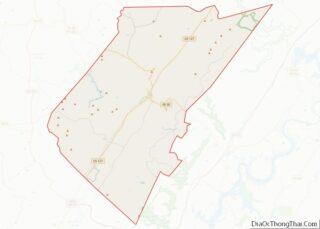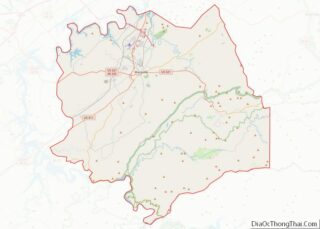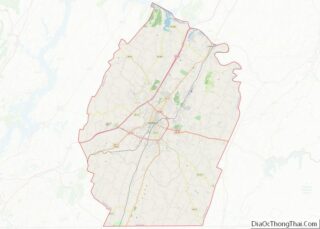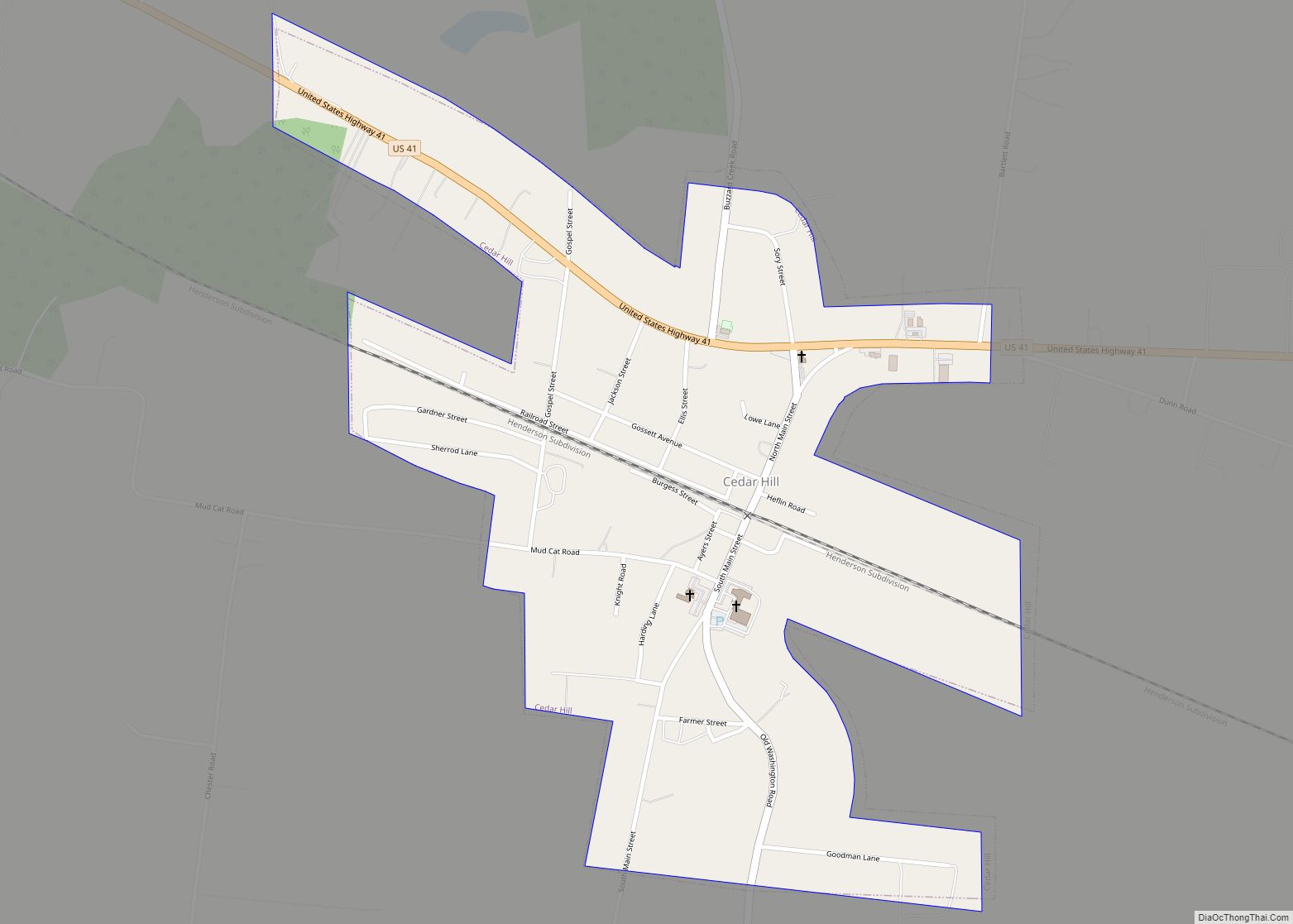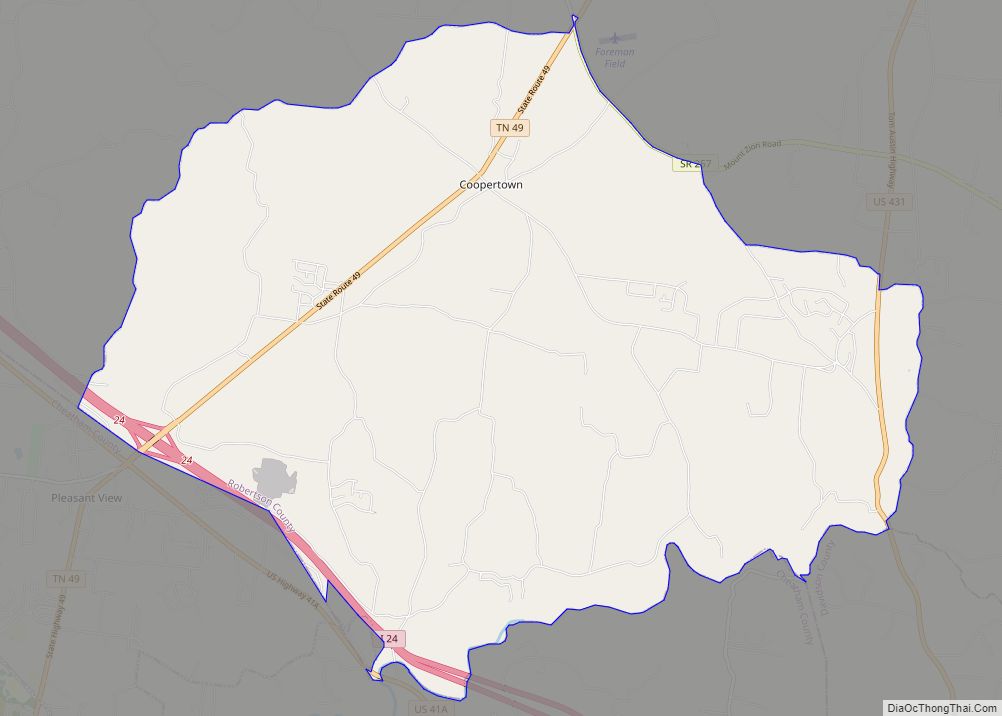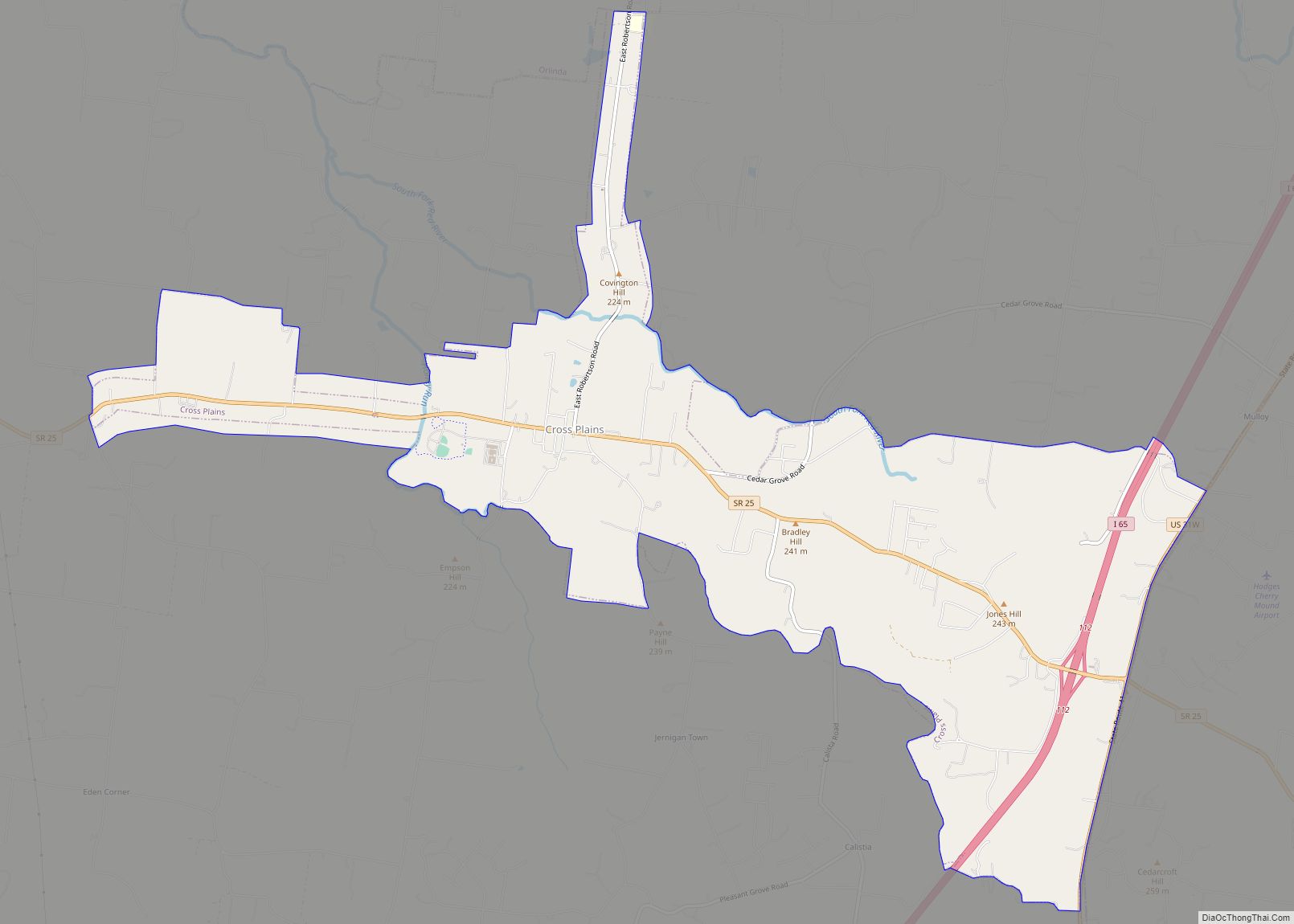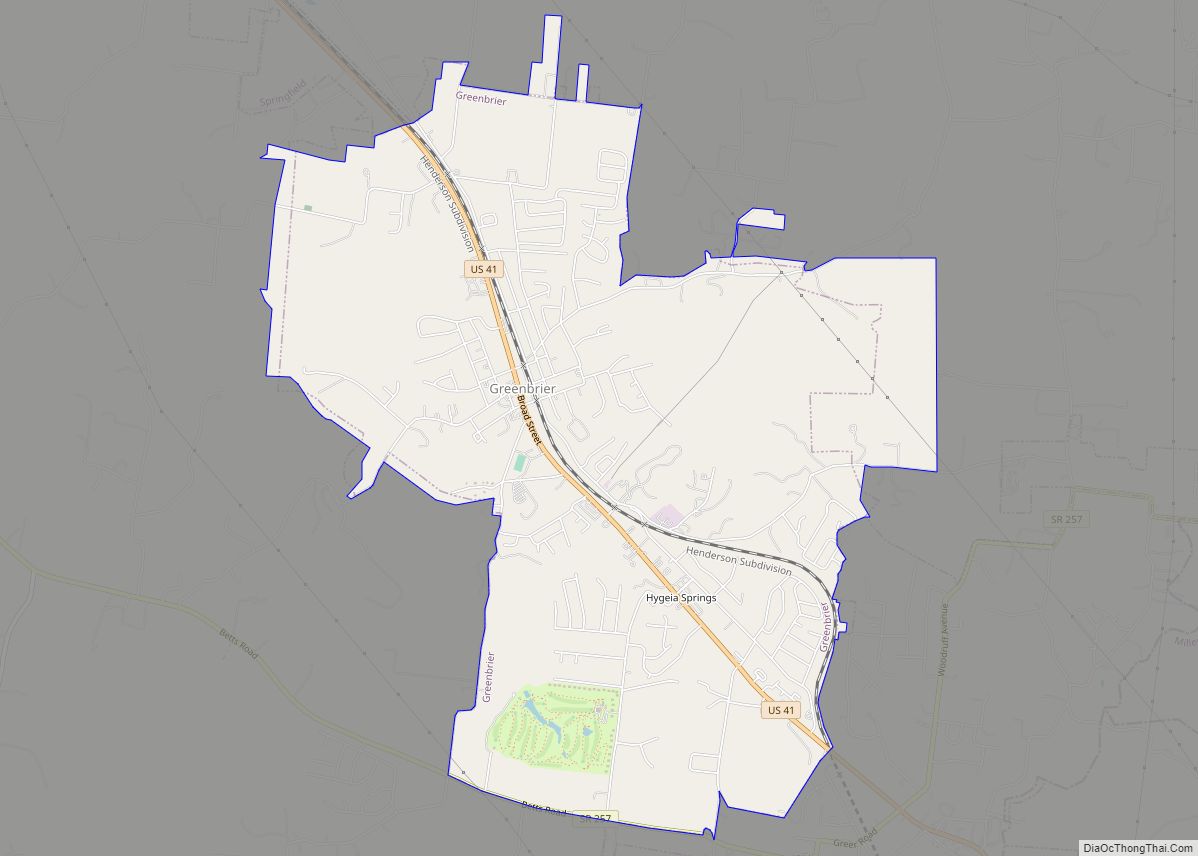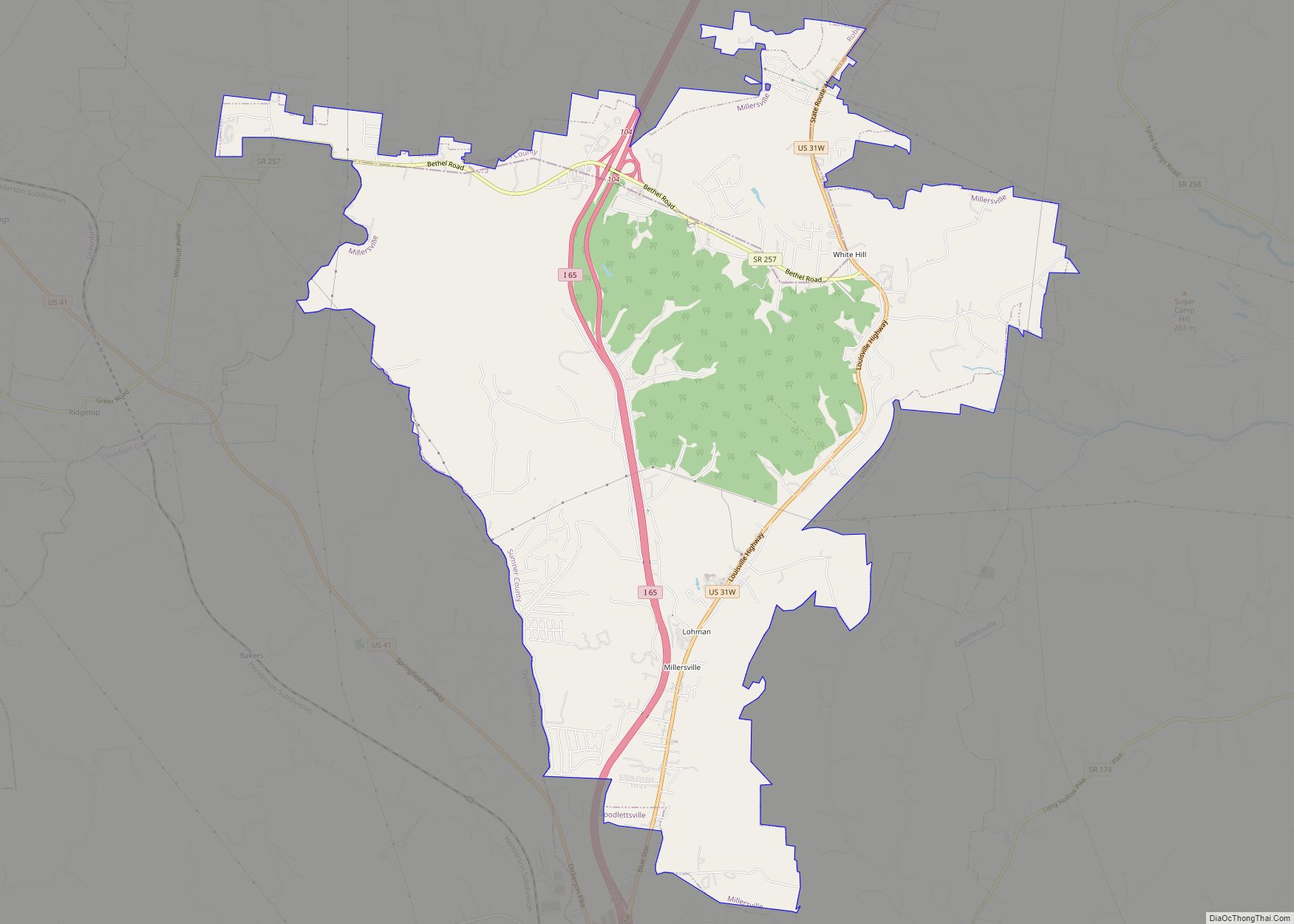Robertson County is a county located on the central northern border of Tennessee in the United States. As of the 2020 United States Census, the population was 72,803 people. Its county seat is Springfield. The county was named for James Robertson, an explorer, founder of Nashville, and a state senator, who was often called the “Father of Middle Tennessee.” Robertson County is a component of the Nashville-Davidson–Murfreesboro–Franklin, TN Metropolitan Statistical Area.
| Name: | Robertson County |
|---|---|
| FIPS code: | 47-147 |
| State: | Tennessee |
| Founded: | 1796 |
| Named for: | James Robertson |
| Seat: | Springfield |
| Largest city: | Springfield |
| Total Area: | 476 sq mi (1,230 km²) |
| Land Area: | 476 sq mi (1,230 km²) |
| Total Population: | 72,803 |
| Population Density: | 145/sq mi (56/km²) |
| Time zone: | UTC−6 (Central) |
| Summer Time Zone (DST): | UTC−5 (CDT) |
| Website: | www.robertsoncountytn.gov |
Robertson County location map. Where is Robertson County?
History
This was part of the Miro District (also spelled Mero), named after the Spanish Governor Esteban Rodríguez Miró of what was then Louisiana on the west side of the Mississippi River. Miró had served with Spanish troops that assisted the Americans during their war for independence. James Robertson, the explorer for whom this county was named, was trying to create an alliance with Miró that would allow free movement on the Mississippi River (which Spain controlled) to settlers on the Cumberland frontier. Before statehood, this territory was known as Tennessee County.
It was organized as Robertson County in 1796, at the same time as Montgomery County, which had also been part of the Miro district. The county seat, Springfield, Tennessee, was laid out in 1798. Although initially, most settlers did not hold slaves, by the 1820s planters began to cultivate tobacco, a commodity crop that was labor-intensive and depended on enslaved African Americans. The planters bought slaves to work their plantations, as well as to care for the livestock they bred – thoroughbred horses and cattle.
By the time of the Civil War, African Americans comprised about one-quarter of the area’s population, typical for Middle Tennessee, where tobacco and hemp were commodity crops. During the Civil War, Tennessee was occupied by the Union from 1862, which led to a breakdown in social organization in Middle Tennessee.
By 1910 the county’s population was 25,466, including 6,492 black citizens, who continued to make up one-quarter of the total. Most of the residents were still involved in farm work, and tobacco was the primary commodity crop, but agricultural mechanization was reducing the need for laborers. White conservative Democrats had tried to restrict black voting; other southern states had excluded blacks from the political process. Many African Americans left rural Robertson County and other parts of Tennessee in the Great Migration to northern and midwestern cities for employment and social freedom. Combined with the later in-migration of whites to the county, by the early 21st century, African Americans comprised less than 10 percent of the county population. They live chiefly in its larger towns.
Robertson County Road Map
Geography
According to the U.S. Census Bureau, the county has a total area of 476 square miles (1,230 km), of which 476 square miles (1,230 km) is land and 0.2 square miles (0.52 km) (0.04%) is water.
Adjacent counties
- Logan County, Kentucky (north)
- Simpson County, Kentucky (northeast)
- Sumner County (east)
- Davidson County (south)
- Cheatham County (southwest)
- Montgomery County (west)
- Todd County, Kentucky (northwest)
State protected areas
- Cedar Hill Swamp Wildlife Management Area
- Port Royal State Park (part)
